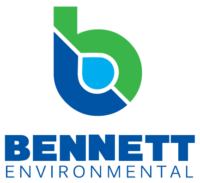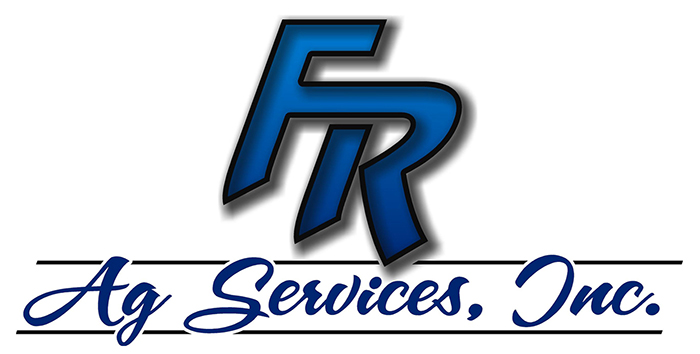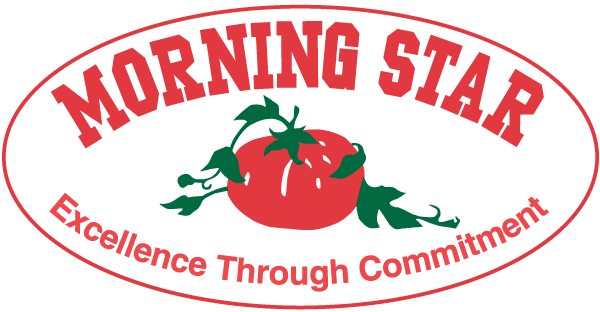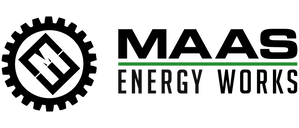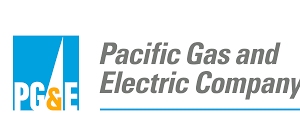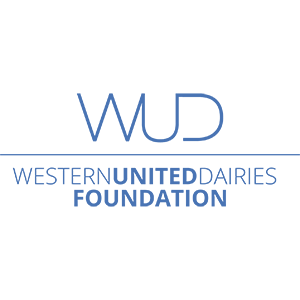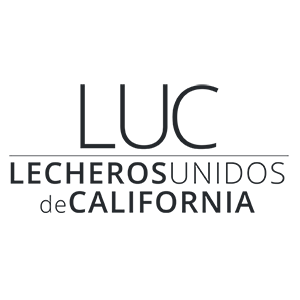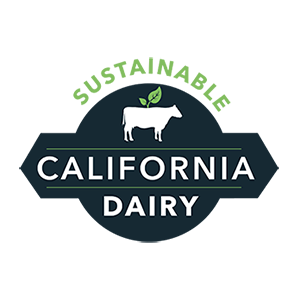By J.P. Cativiela, Regulatory Director, Dairy Cares & Administrator, CVDRMP & Denise Mullinax, Executive Director, CDRF and Assistant Director, CDQAP
Central Valley dairy owners are well aware that they operate under extensive regulations to protect water quality. The Regional Board adopted the Dairy General Order in 2007. Further revised in 2013, the order sets rules about manure storage, management, and application to cropland, as well as requiring groundwater monitoring, soil and plant tissue testing, submittal of annual reports, and more.
Important changes are coming to the dairy order. The State Board announced last year that it had begun a process to revise the dairy order. More recently, the State Board said it expects to release a public draft of its directive later this year, opening a public review process.
Pointing to monitoring that shows elevated nitrate levels in groundwater below Central Valley dairies, the State Board has said it will direct the Regional Board to include stricter rules going forward. Among others, the State Board expressed its intent to require lining lagoons that intersect the water table, and periodic seepage testing for other unlined lagoons.
While those requirements alone would be significant, perhaps the most important new development is the state’s intent that within a decade, all Central Valley dairies achieve “whole–farm balance” for nitrogen. This means dairies would need to demonstrate that their manure nitrogen production balances with the dairy’s forage crop nitrogen utilization or is exported off the dairy.
A number of studies have indicated that Central Valley dairies produce roughly 60 percent more nitrogen than they can safely use on their crops, and that most of this surplus is not exported today. This is an average surplus, meaning some dairies have a greater than 60 percent surplus of nitrogen, while others may already be in balance or closer to balance.
For many dairies, there are significant barriers to exporting surplus manure. These can range from too much of the manure being in a liquid form, making it difficult to export, to a lack of nearby demand for solid manure, which can be costly to transport for long distances. The dairy industry, university researchers, private sector companies, and some government agencies are working together to develop options to assist dairy producers who need to address surplus manure nitrogen, including new technology, manure products markets, and incentives. They are examining new ideas such as denitrification technology or manufacturing value–added manure products that can be used safely on many types of crops. They are also working on initiatives like making it easier to get composting permits. CDQAP and others will continue to monitor and keep you updated on the progress of such efforts. Meanwhile, here are three things producers should consider doing now to prepare:
- Conduct a fresh assessment of your whole–farm nitrogen balance. Work with your farming consultant, trade association representative, or UC farm advisor to assess the supply of your manure nutrients versus crop demand. How much of your manure ends up in your lagoon? Do you have sufficient cropland where you can pump liquid manure? For solid manure, do you have sufficient crop demand for that, or do you need to export some? If so, do you have reliable customers nearby? If water scarcity forces you to fallow cropland, do you have the ability to further increase your manure exports?
- If you have a surplus of liquid or solid manure, or both, investigate potential management changes. Again, work with trusted experts to explore what you can do with existing technology to increase manure exports and move closer to reaching whole–farm balance. Don’t panic—there is time to improve— but use the time to investigate what techniques work on your farm and seek help in funding through incentive programs, such as USDA NRCS EQIP or CDFA’s AMMP. Ideas to consider include changing manure collection to reduce volumes going to the lagoon, extending pipelines to apply liquid manure on additional acreage or increasing composting.
- Watch for “next generation” technology. Private industry and public researchers are making progress in developing and testing new technologies, such as vermifiltration (filtering manure liquids through a bed of worms and wood chips) to safely denitrify water. This is only one of many examples. Watch for webinars and other opportunities to learn more about these options and how they are faring in pilot projects and field demonstrations. There’s a good chance additional technologies will become available over the next several years.
Regulations have always been a challenge, one most producers have been able to manage by working together and using new practices, technology and education. Though more challenges are coming, understanding them and your options is a good strategy for remaining viable in the coming years.


